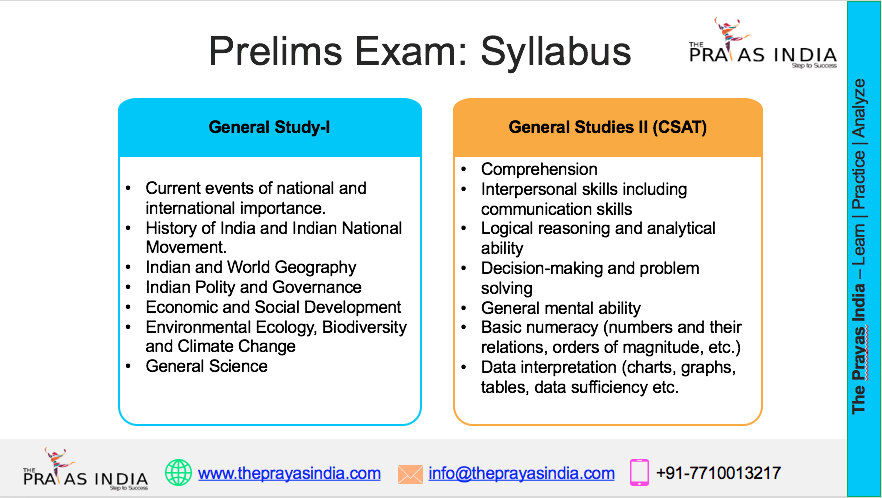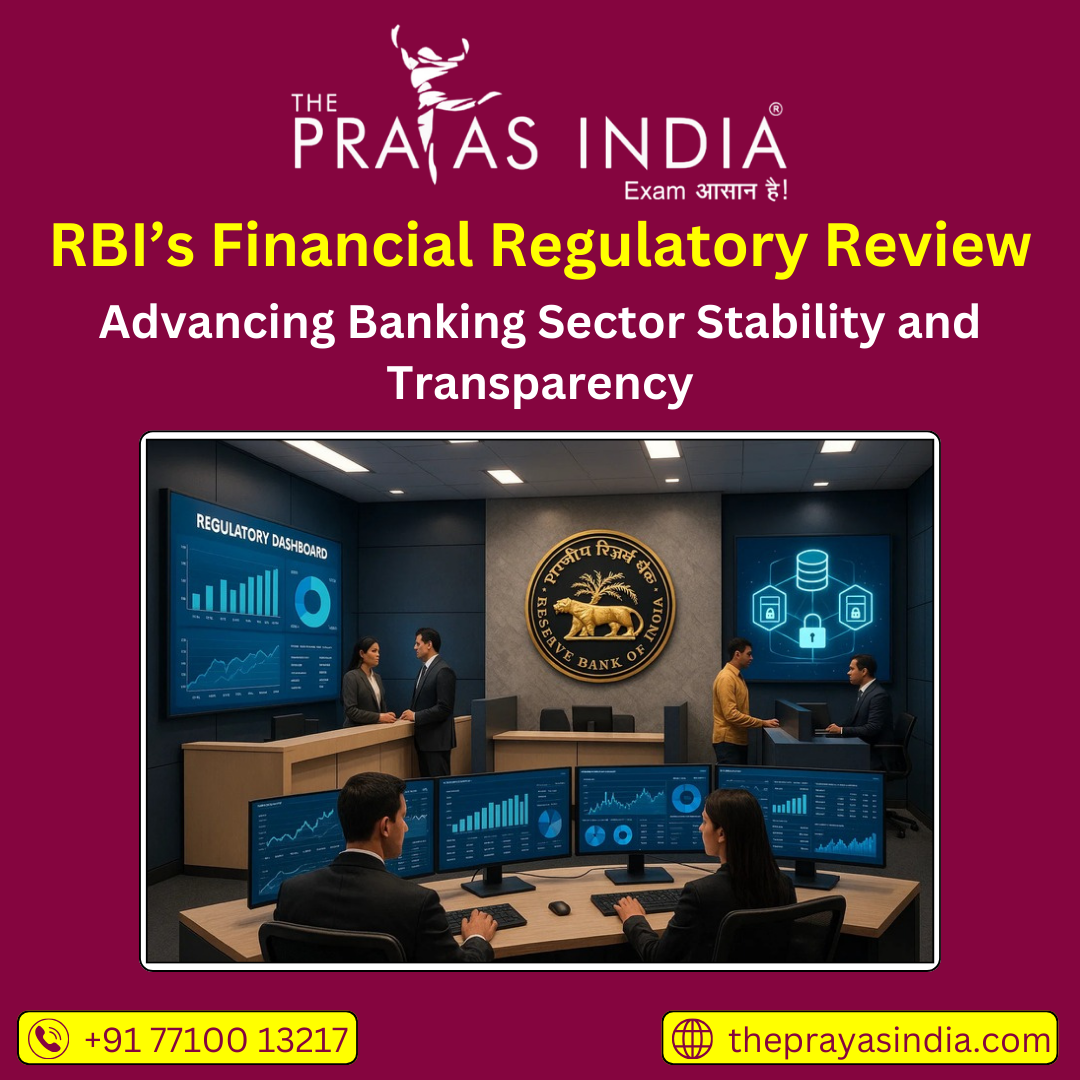Stock Market Soars on GST Reform & S&P Upgrade: India’s Economy Gains Momentum
Introduction
On 18 August 2025, Indian financial markets witnessed a remarkable rally when the Nifty50 crossed the 24,950 mark and the BSE Sensex surged by over 1,000 points. This surge was driven by two major developments: the landmark Goods and Services Tax (GST) reform announced by the Government of India, and the sovereign credit rating upgrade by S&P Global. Together, these moves signaled stronger investor confidence, higher growth prospects, and renewed optimism in India’s economic outlook.
For aspirants of UPSC, MPSC, SSC, and Banking examinations, this event is highly relevant as it connects economic reforms, financial markets, and global credit assessment—topics frequently tested in both Prelims and Mains.
GST Reform 2025: A Landmark Decision
The Goods and Services Tax (GST), implemented in 2017, was designed to unify India’s indirect tax structure. However, complexities in multiple slabs and compliance requirements often created difficulties for businesses. In August 2025, Prime Minister Narendra Modi announced the biggest GST reform since its introduction.
Key Features of the Reform
- Simplification of Tax Slabs: Multiple slabs reduced into a simpler structure.
- Abolition of the 28% Slab: The highest tax rate was removed, except for luxury and sin goods.
- Lower Tax on Essentials: Essential goods and electronic products brought under the 5% category.
- Relief for Small Businesses: Rationalization of compliance to ease business operations.
Economic Impact
- Boosts consumption and demand in the economy.
- Expected to increase GDP growth by 0.6%.
- May cause a revenue loss of nearly $20 billion annually, but the government is confident of balancing it through higher economic activity.
S&P Global Rating Upgrade
On 17 August 2025, S&P Global upgraded India’s sovereign credit rating, citing strong reforms, sustained GDP growth, and fiscal discipline.
Why Credit Ratings Matter
- A higher rating lowers the cost of international borrowing.
- Improves investor confidence and attracts Foreign Direct Investment (FDI).
- Positions India as a reliable emerging market in global finance.
For exams like UPSC and Banking, questions can be framed around:
- Names of major credit rating agencies (S&P, Moody’s, Fitch).
- Impact of sovereign ratings on currency and investment.
- India’s reform measures leading to the upgrade.
Stock Market Reaction and Currency Movement
Following these announcements:
- Nifty50 rose above 24,950.
- BSE Sensex jumped by 1,000+ points.
- Rupee strengthened to ₹87.50–87.52 per USD, though U.S.–India trade tensions remained a limiting factor.
Sector-wise Impact
- Banking and Financials: Strong gains due to optimism in credit growth.
- IT and Exports: Benefited from global investor interest despite rupee fluctuations.
- Consumer Goods and Auto: Positive momentum due to GST rate cuts.
Broader Economic and Political Significance
- Economic Growth: The reform is expected to support India’s growth trajectory and enhance domestic demand.
- Fiscal Concerns: Although immediate revenue losses are likely, the government projects higher long-term collections.
- Political Dimension: The reform strengthens the government’s pro-reform image and supports its Viksit Bharat 2047 vision.
- Global Challenges: Trade tensions with the U.S. may affect exports, but the domestic market strength provides stability.
Exam Relevance
UPSC & MPSC
- Prelims: GST reform details, S&P rating upgrade, stock indices.
- Mains GS-3: Economic reforms and their role in India’s development.
- Essay Paper: “Economic reforms as a pathway to sustainable growth.”
Banking Exams (IBPS, SBI, RBI)
- Currency exchange trends, credit rating agencies, stock market performance.
SSC & RRB
- One-liner factual questions on Nifty, Sensex, GST slabs, and reforms.
Conclusion
The surge in the Indian stock market on 18 August 2025 is a clear reflection of the confidence generated by structural reforms and international recognition. The GST overhaul simplifies taxation and boosts consumption, while the S&P Global rating upgrade enhances India’s financial credibility worldwide. For students preparing for competitive exams, this development serves as an important case study that highlights the interplay between governance, economy, and global finance.




![Prayas-तेजस [UPSC CSE Sociology Optional] – Online & Offline](https://theprayasindia.com/wp-content/uploads/2025/09/Prayas-तेजस-UPSC-CSE-Optional-Subject-The-Prayas-India-300x300.png)
![Prayas-सूत्र [UPSC CSE Materials (Hardcopy)]](https://theprayasindia.com/wp-content/uploads/2025/09/Prayas-सूत्र-UPSC-CSE-Study-Materials-Hardcopy-The-Prayas-India-300x300.png)
![Prayas-मंत्रा [UPSC CSE CSAT]](https://theprayasindia.com/wp-content/uploads/2025/09/Prayas-मंत्रा-UPSC-CSE-CSAT-The-Prayas-India-300x300.png)
![Prayas सारथी [UPSC CSE One on One Mentorship]](https://theprayasindia.com/wp-content/uploads/2025/09/Prayas-सारथी-UPSC-CSE-One-on-One-Mentorship-The-Prayas-India-300x300.png)










